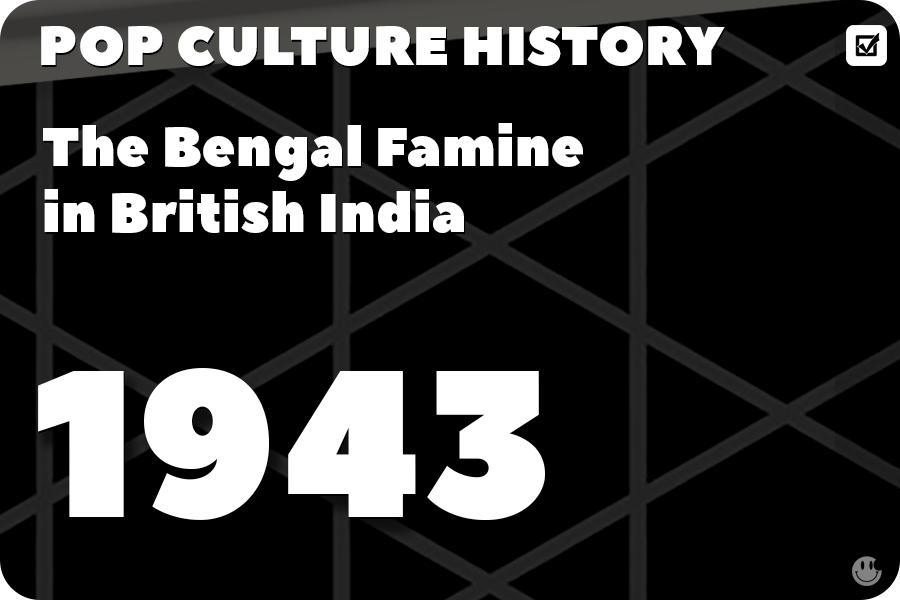 |
Bengal Famine in British India |
The Bengal Famine, which occurred in British India between 1943 and 1944, was one of the deadliest famines in modern history. Affecting the Bengal Province resulted in an estimated 2-3 million deaths due to starvation, malnutrition, and related diseases. The famine was caused by a combination of factors, including war-time disruption of agriculture, a cyclone that destroyed crops, and mismanagement of food supplies by British colonial authorities. Details:
Effects on Pop Culture:
Prominent People and Countries Involved:
The Bengal Famine in British India was a devastating event that killed millions of people between 1943 and 1944. A combination of factors, including war-time disruption of agriculture, a cyclone, and mismanagement of food supplies by British colonial authorities, caused the famine. The tragedy has been the subject of various books, documentaries, and films, and it has influenced the work of scholars such as Amartya Sen, who developed theories on famine and its relationship to democracy and social welfare systems. |









